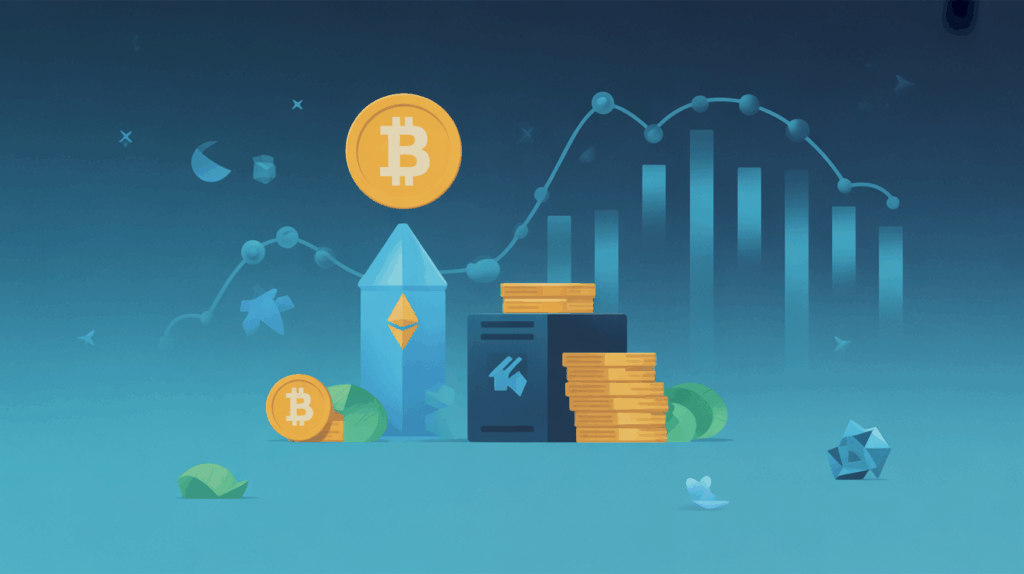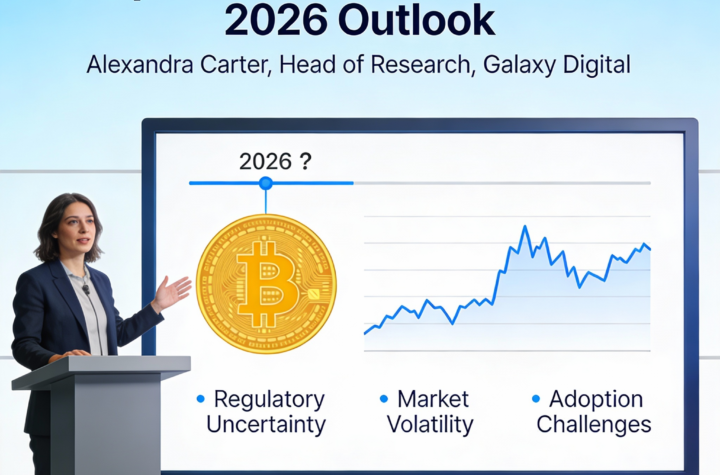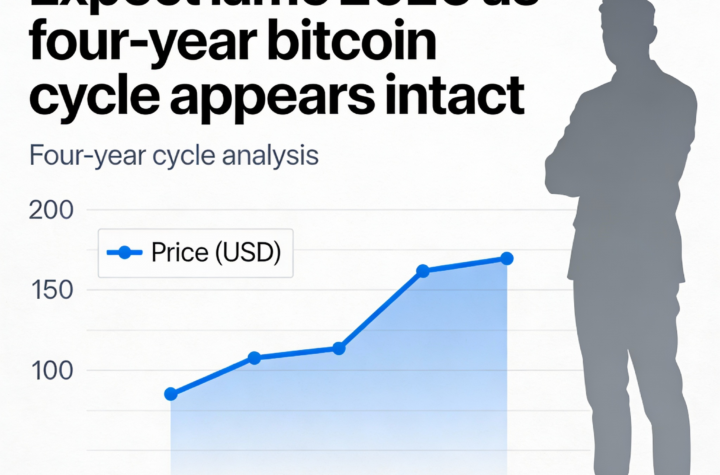
Token Buybacks Soar 400%, But Keyrock Warns Discipline Is Essential
Crypto tokenholder payouts have surged more than 400% since 2024, reaching nearly $800 million in Q3 2025, yet Amir Hajian, head of research at market-making firm Keyrock, cautions that most buybacks are still financed from treasuries rather than recurring revenue. In a new report, Hajian argues that token buybacks must evolve from hype-driven spending to valuation-aware, disciplined capital management.
Token buybacks allow blockchain projects to repurchase their own tokens from the market, similar to stock buybacks. By reducing circulating supply, buybacks can signal confidence to investors and potentially increase token value.
Hajian emphasizes that the rise of buybacks reflects a critical test of crypto maturity. What started as a method to show that protocols could return value like companies has become a measure of financial realism—whether projects can repurchase with central-bank-style prudence rather than following bull-market impulses.
Much of the capital for buybacks still comes from treasuries, exposing protocols to the risk of draining future runway. With clearer regulatory frameworks and increasing fee-based revenue, buybacks are gradually becoming a way to tie revenue to holder value.
Across 12 revenue-distributing protocols studied, teams returned an average of 64% of total revenue to token holders, far higher than traditional DAOs, which reinvest roughly 75% of spending into growth. Hajian notes that this focus on payouts over reinvestment highlights the limits of one-off treasury-funded buybacks.
To address this, some projects are linking buybacks to valuation metrics, cash flow, and market conditions, rather than fixed percentages. Two emerging approaches are highlighted in the report:
- Trigger-based models: Buybacks are tied to measurable fundamentals, such as valuation multiples, increasing purchases when tokens are undervalued and scaling back when prices rise.
- Options-based structures: Protocols sell covered puts, earning premiums while committing to future buy levels, generating revenue even when no buyback occurs.
Hajian says these mechanisms represent a maturing approach to tokenomics, aligning buybacks with market conditions and sustainable treasury management.
Execution quality remains a concern. Many projects rely on taker orders, which pull liquidity from thin order books and exaggerate price swings once buying stops. Hajian recommends using maker orders and calibrating buybacks to organic volume to add liquidity rather than consuming it.
When Should Buybacks Happen?
Hajian argues that buybacks should only occur when revenues are recurring, treasuries cover at least two years of operations, and tokens are trading below fundamental valuation. Mature projects wait until financial strength is clear—stable revenue, deep market liquidity, and economic justification—while newer teams often deploy buybacks too early to attract attention, risking depletion of reserves needed for product, growth, and R&D.
In Hajian’s view, the true test is discipline. Buybacks are not a sign of success—they are a measure of whether crypto can move from distributing promise to managing profit.





More Stories
According to Galaxy Digital’s research chief, Bitcoin faces a highly unpredictable 2026.
According to Fidelity’s Jurrien Timmer, 2026 could be underwhelming while Bitcoin’s four-year cycle remains intact.
BlackRock’s Bitcoin ETF attracts $25 billion over the year, defying the recent Bitcoin downturn.